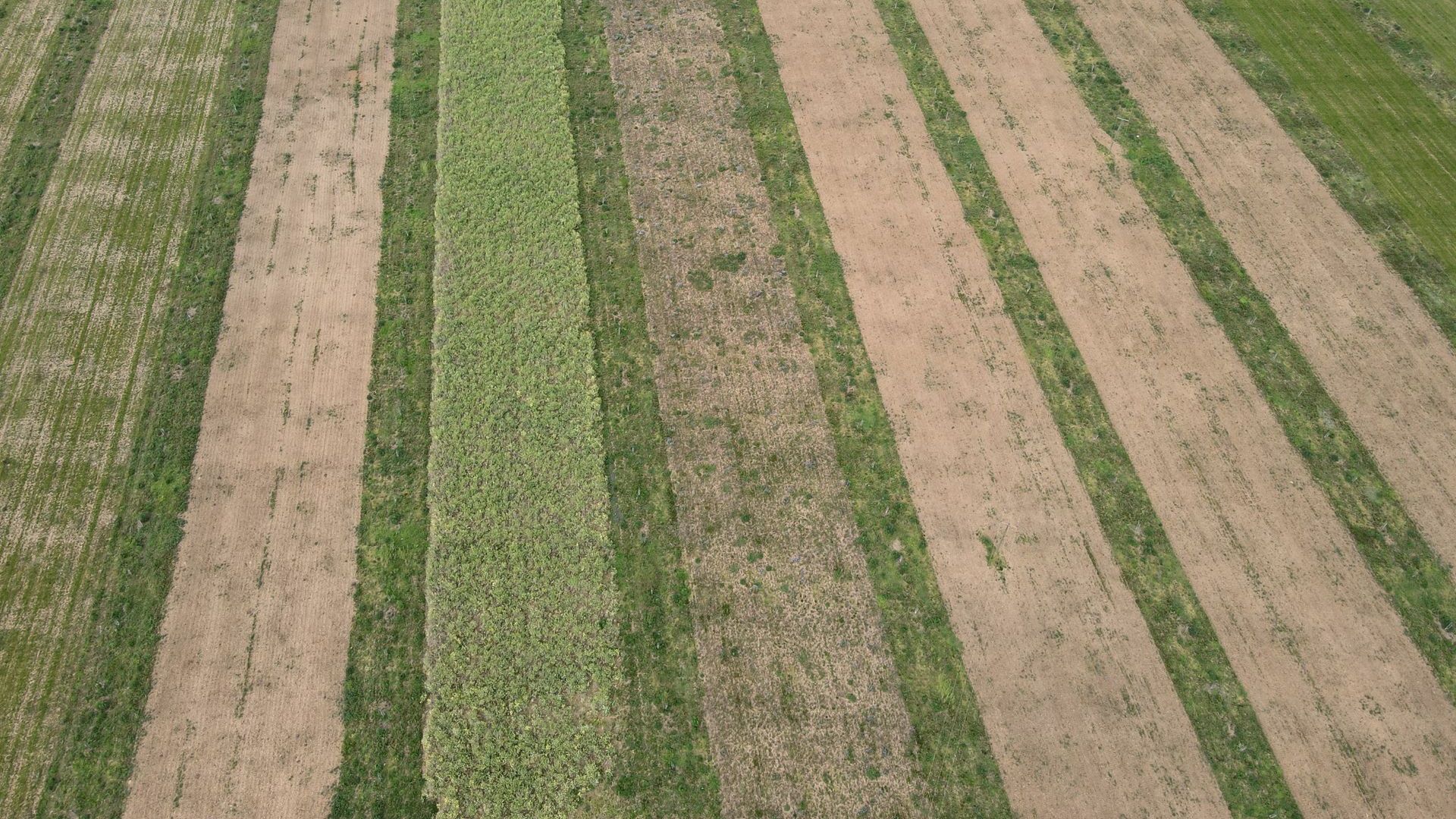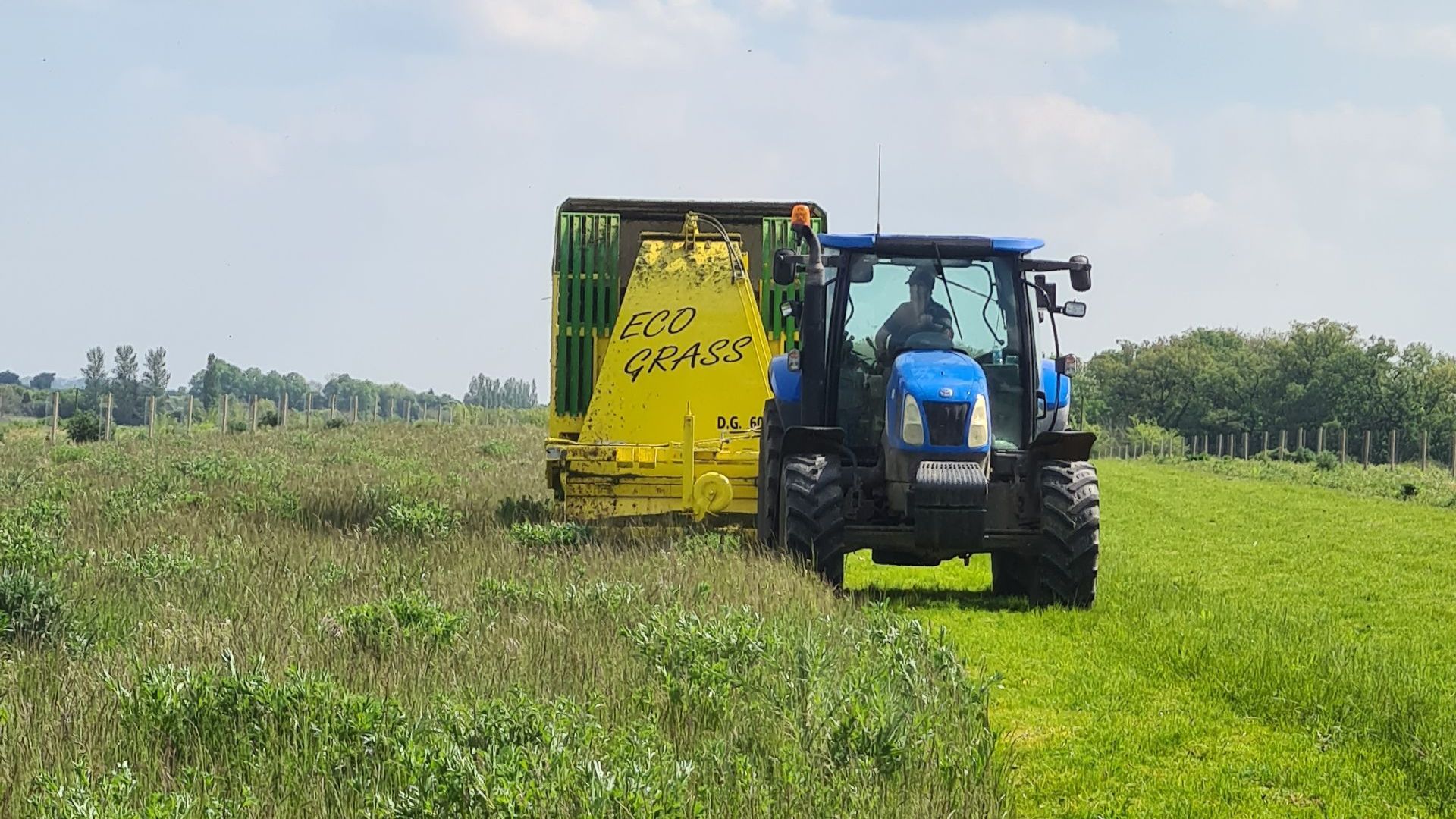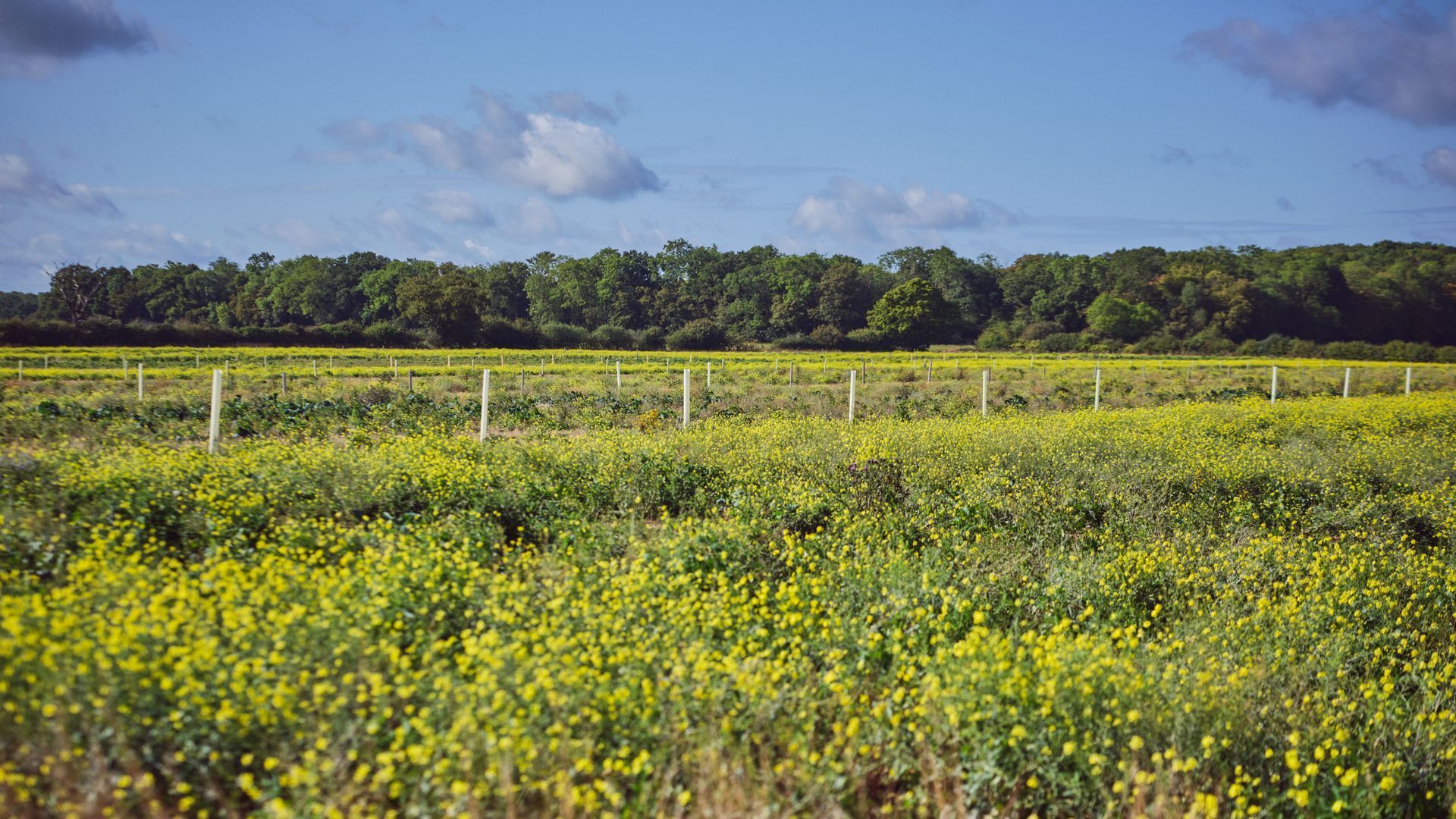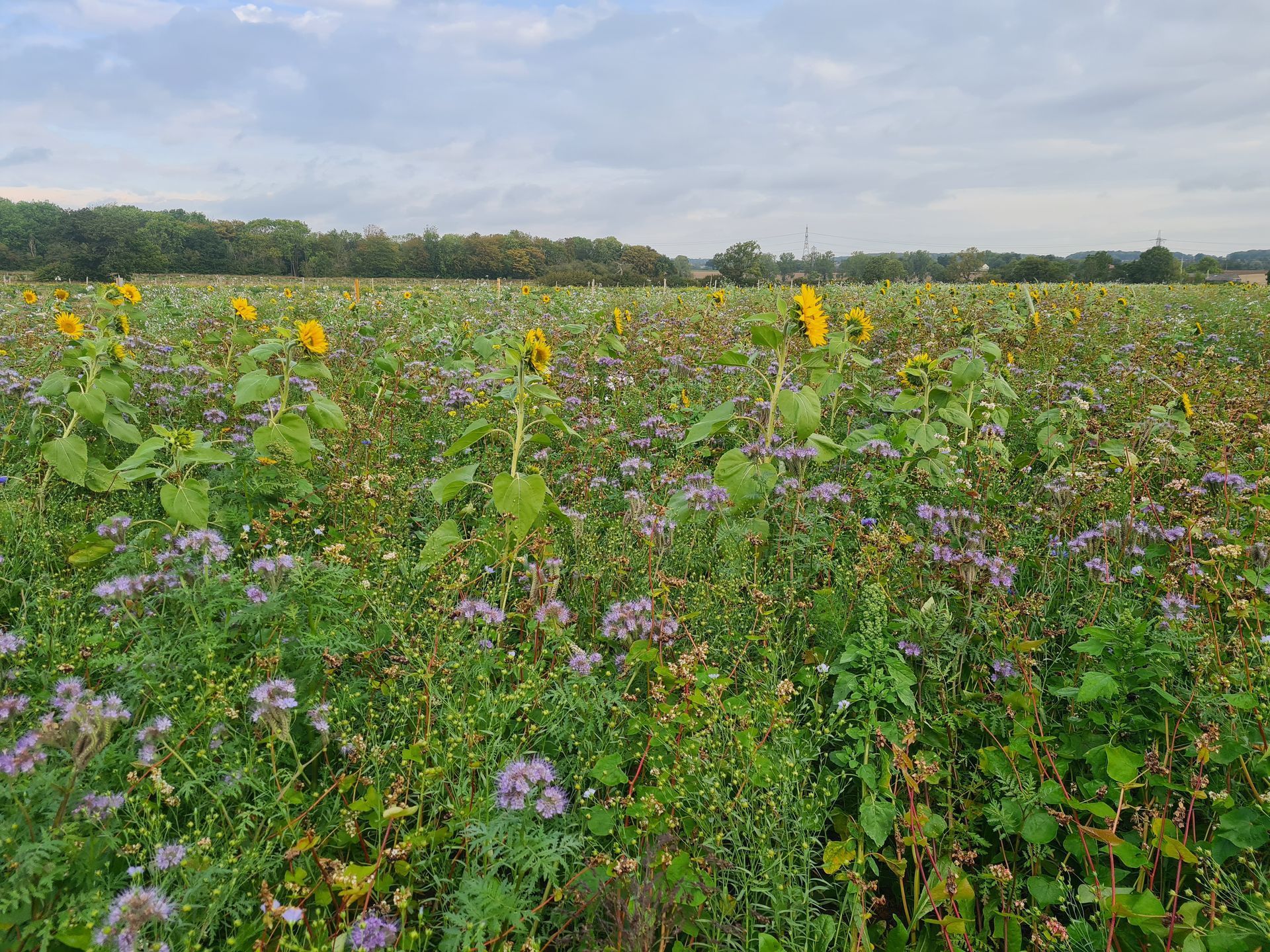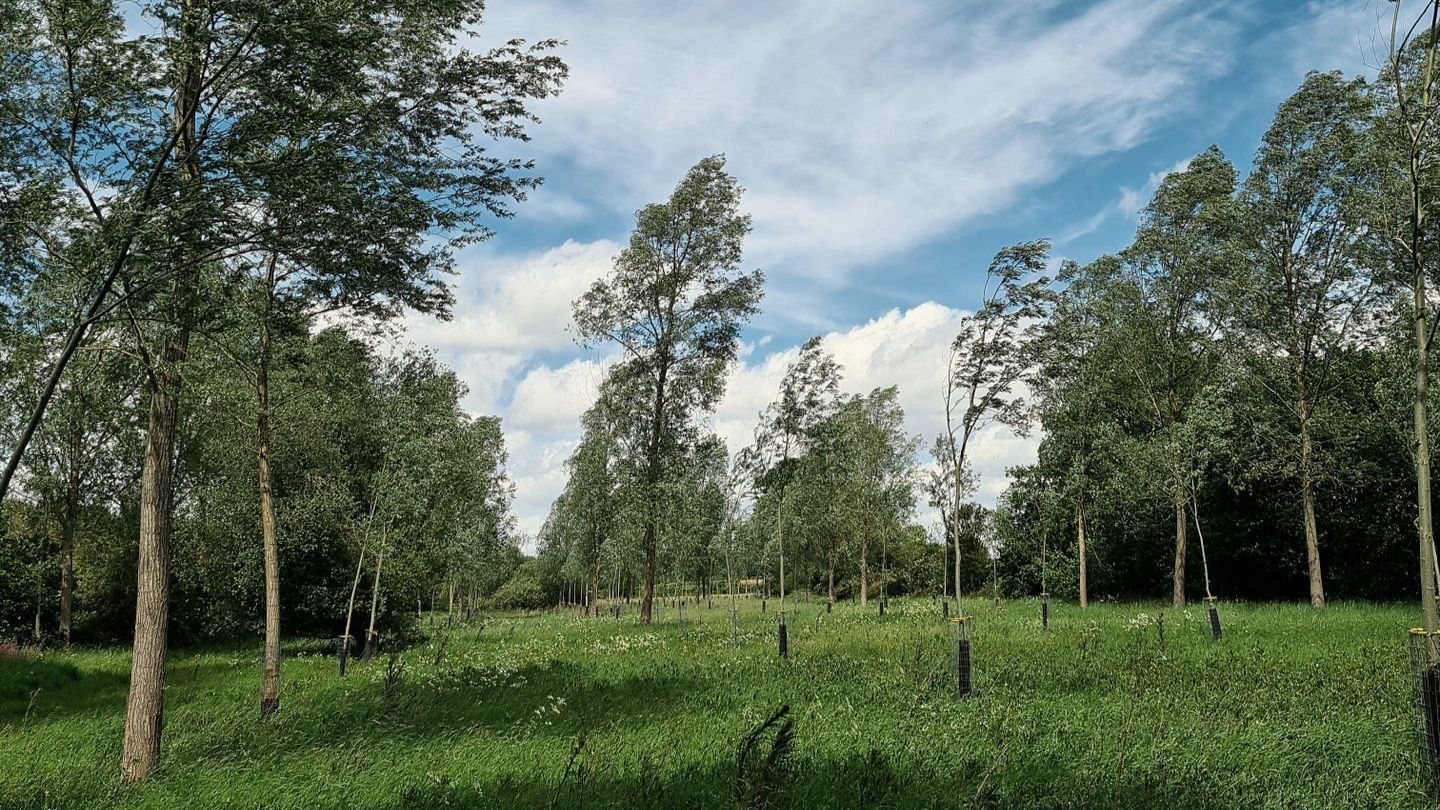Farming and Agriculture
The Estate has a tradition of farming going back to the Norman Conquest, and quite possibly beyond! In addition to the work we do on the land ourselves we also work with a small band of dedicated farmers and farming families. Most of our farming tenants produce traditional arable crops such as wheat, barley and oil-seed rape, but some also grow things like maize for bio-fuels.
The people who farm the land are a mix of families who have been part of the Estate for many generations, and more recently established local farming businesses. They are all integral to our way of life and the health of a rural Estate.
Since 2022 we have begun implementing a new approach to land use and food production on our in-hand land. This means that the appearance and products from over 300 hectares of our land is changing. The aim of this change is to re-balance the environmental and food products the land produces, in order to give the estate the best possible chance of continuing to be viable despite changing government subsidies, consumer tastes and climate change.
A new vision of land use
Stewardship of the land is what we do, and part of that is to look into the future and try to work out what the challenges and opportunities for our land will be. In 2019 we completed a pioneering Natural Capital appraisal of the estate. This showed that in addition to emerging opportunities in carbon, water and biodiversity there were some significant risks arising form our current land use model.
One of the main risks identified was from soil and nutrient erosion linked to the current arable land use. Annual cropping requires fields to be periodically cultivated and re-sown as the crops are harvested each year. In some locations the soil disturbance that is routinely used to prepare the land for planting can result in erosion when it rains. When soil is lost from fields it carries with it nutrients and pesticides from the land, which can end up in local rivers. For many years we, and our tenants, have been managing this risk as best we can within the current system.
However, changing climate means we are experiencing heavier rainfall events, more droughts and overall a more extreme environment. Our soils are mainly clay, which means they dry out quickly and equally quickly become waterlogged after prolonged rain. Planting and growing crops in these conditions can be very challenging, so we believe we should explore an alternative approach.
Instead of growing annual cash crops we are now establishing a large nut growing operation, covering around 300 hectares of the estate. The nuts we grow are harvested from trees that remain productive for between 20-50 years, meaning the requirement to plant annually is removed. This means the soil has a chance to recover, rebuilding quality and resilience.
We are also setting out the trees in such a way that they are surrounded by plenty of space (rather than being tightly packed in like many commercial orchards), which should help them resist pests and diseases.
In the space between the trees we could continue to grow commodity cash crops. However, again we have opted for a different approach. We are growing government-supported wildlife, pollinator and soil health building environmental crops between the trees. This is our latest work within a scheme available to all farmers in England, called Countryside Stewardship. In this way we hope to super-charge the nature recovery of the estate, whilst building the framework for future sustainable food production. Around the edges of many fields we have identified areas which are now too high risk to farm, so we are looking at ways to permanently reduce those risks. Planting woodland and establishing biodiversity net gain agreements in these areas is being explored.
The map on this page is a representation of what the land might look like in 30 years time, once all our new approaches have matured - notice the new woodlands, wetlands created by beavers, agroforestry trees and wildlife crops between and around them.
North Essex Farm Cluster
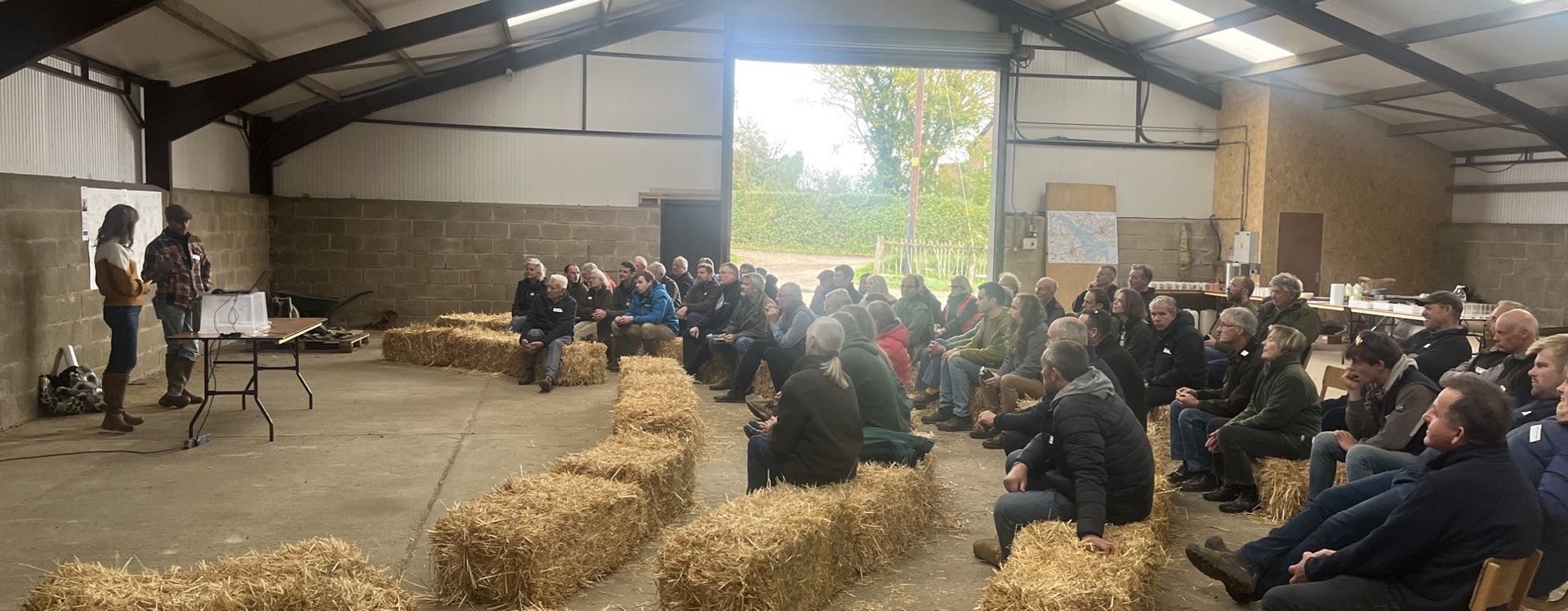
Wildlife has no boundaries. The aim of the Farm Cluster is to work collaboratively, enabling farmers to enhance and connect habitats and encouraging the transition of wildlife from one area to another.
The estate was proud to help found the North Essex Farm Cluster in 2022, with over 40 farmers and land managers coming together with potential partner organisations to register their interest in the Cluster.
With over £1m of potential investments on offer to farmers for nature-based solutions, a Cluster coordinator was appointed in September 2022 work with farmers to design, manage and deliver environmental projects at scale, and at pace.


